If there’s one dependable crop we get year after year, it’s raspberries.
Raspberries are Younger Daughter’s favorite fruit, and in years past picking them was more or less her province. In her absence this summer, the task has fallen to Don and me. And since it’s been blazing hot in the daytime and there are too many mosquitoes in the late evening when it’s cooler, I’ve been going out around 5:30 a.m. to pick berries.
This early in the morning the raspberry bed is still in the shade, and the chore is pleasant rather than something to dread.
I pick every other day and usually get about three half-bowls of fruit (I don’t like to pile the berries too deep lest they get crushed under their own weight).
I decided not to make jam (we’re not big jam eaters) or freeze them this year. Instead, I’m dehydrating them.
I pick through the fruit and lay them on the mesh screens over each tray. The berries shouldn’t touch. Online sources for dehydrating raspberries always recommend washing them and laying them hole side down to drain. However this assumes the berries are purchased and passed through numerous hands before they reached your kitchen. Since our berries are fresh off the bushes and since I water them every day (which washes dust off), I just pick over the berries dry and lay them hole-side-down on the trays.
I set the dehydrator at 135F for 18 hours and leave it alone. When the time is done, the upper trays often have a few berries that are still a bit squishy, so I rotate the trays and put the heat on for another 4 hours.
Unlike something like red bell peppers, which shrink down in the dehydrator to a remarkable degree, raspberries maintain both their size and shape once they’re dried. They’re brittle and bursting with concentrated flavor. Frankly they look and feel freeze-dried. Way cool.
Dehydrating doesn’t seem to be a popular preservation option for raspberries, which seems a shame. Besides being easy to store, dried berries are versatile. They can be used to make tea, they can be reconstituted and used to flavor yogurt, they can be reconstituted and made into fruit salads or desserts — in short, they have many uses.
If freezer space is at a premium and, like us, you’re not big on jams, then dehydrating raspberries is a wonderful and easy option.
Note: This post first appeared in the excellent, long-running Rural Revolution blog. In her blog, Patrice Lewis focuses on homesteading and self-sufficiency.











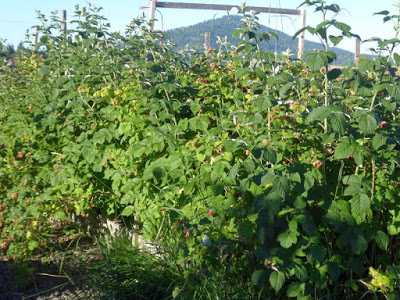
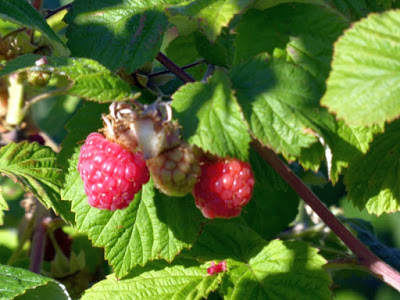
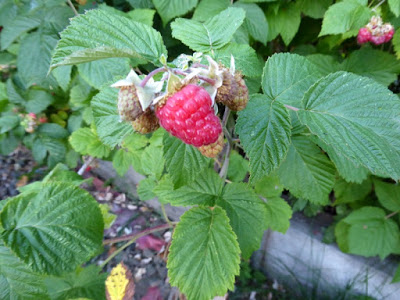
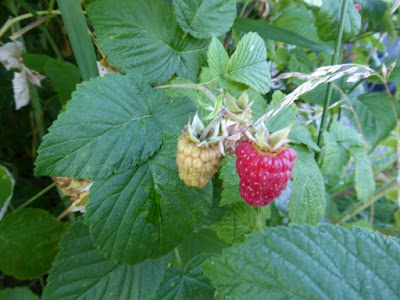
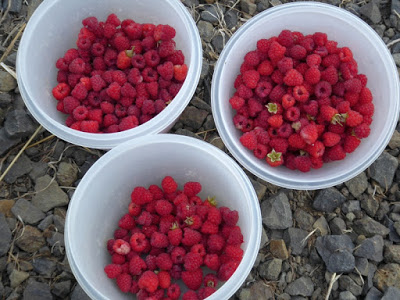

Great idea to dehydrate the berries. Put them in cereal or oatmeal and the grandkids love them. Also use them to flavor cough syrups. Yummy on ice cream and in lemonaide.
I have been canning for a while but in the last year have cut the sugar out of our diet and increased the vegitible, fruit & bean intake. What kind of dehydrator do you use – I would be interested in doing that with our figs, blueberries and blackberries next year.
Thank you for sharing.
Ditto with blueberries, but be careful–too dry and they become little “clinkers”. good slingshot ammo..
CORD7 I use a Norwalk dehydrator that I inherited from my parents. I haven’t dehydrated raspberries but it has worked great with other things I’ve dehydrated (apricots, peppers, and strawberries). Like the author says, it works best to move the trays around while it is running, because the top trays dry faster than the bottom trays.
Harvest Maid makes an excellent dryer. I have been drying since 1984. The dried food keeps beautifully and no risk of botulism.
Just remember to store cool, dark, and dry in well sealed containers.